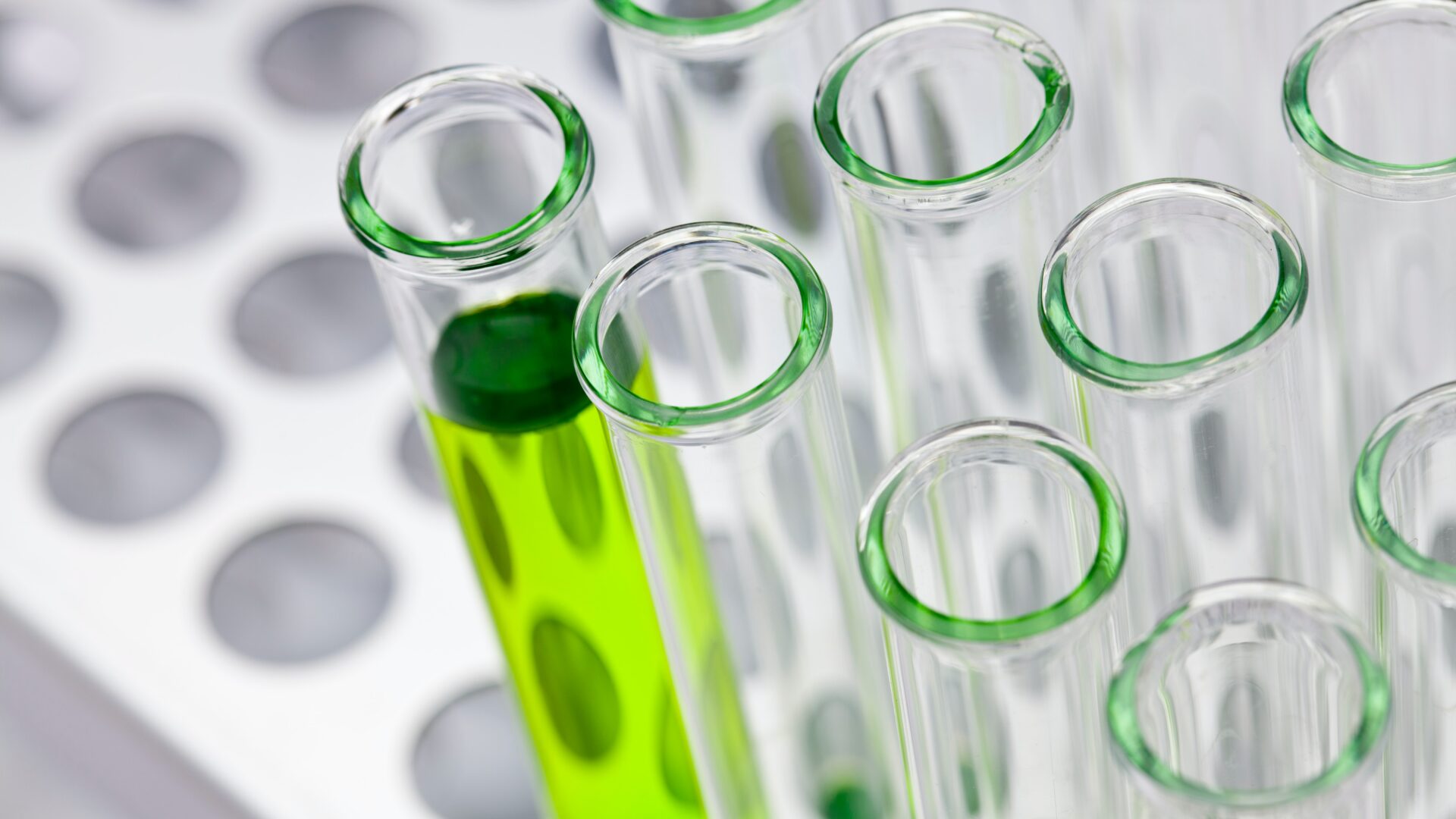By Brittany Rodriguez
(Neuroscience, Brooklyn College, ’22)
In the wake of remote learning, many students have found both positives and negatives regarding their virtual courses. While transferring to an online-only system in a short period of time has proved challenging for most, perhaps the hardest transition was for students in the sciences. Nearly all general sciences—including those necessary for students entering health care professions—require a lab component for completion of the course. So how are students completing their labs?
The same way they are completing lectures—online. Science departments across CUNY are using simulations, YouTube videos, and well-known tutoring sites such as Khan Academy to provide students with some semblance of lab work. Hands-on experimentation is often crucial in helping students cultivate new perspectives and deepen their understanding of concepts that may not be as easily accessible coming from a textbook. Watching someone perform a fetal pig dissection doesn’t give the same firsthand experience that performing it on one’s own would, but it’s a happy medium between physical lecture and lab. Likewise, transferring physics concepts from page to screen isn’t the same as performing an in-person buoyancy experiment, but visualization is nonetheless advantageous.
While not ideal, online labs come with certain benefits, too. A three-hour chemistry lab may turn into a fifteen-minute briefing accompanied by a single worksheet to complete. Lab partners are a thing of the past, and working alone at your own pace is a refreshing change to squabbling over differing percent error values.
None of us are learning the same way we did last year, but life outside the classroom will come with its own sudden changes and adaptations. It may be best for science students to view these current changes as a chance to broaden comprehension skills in a new format rather than a loss of hands-on training.

